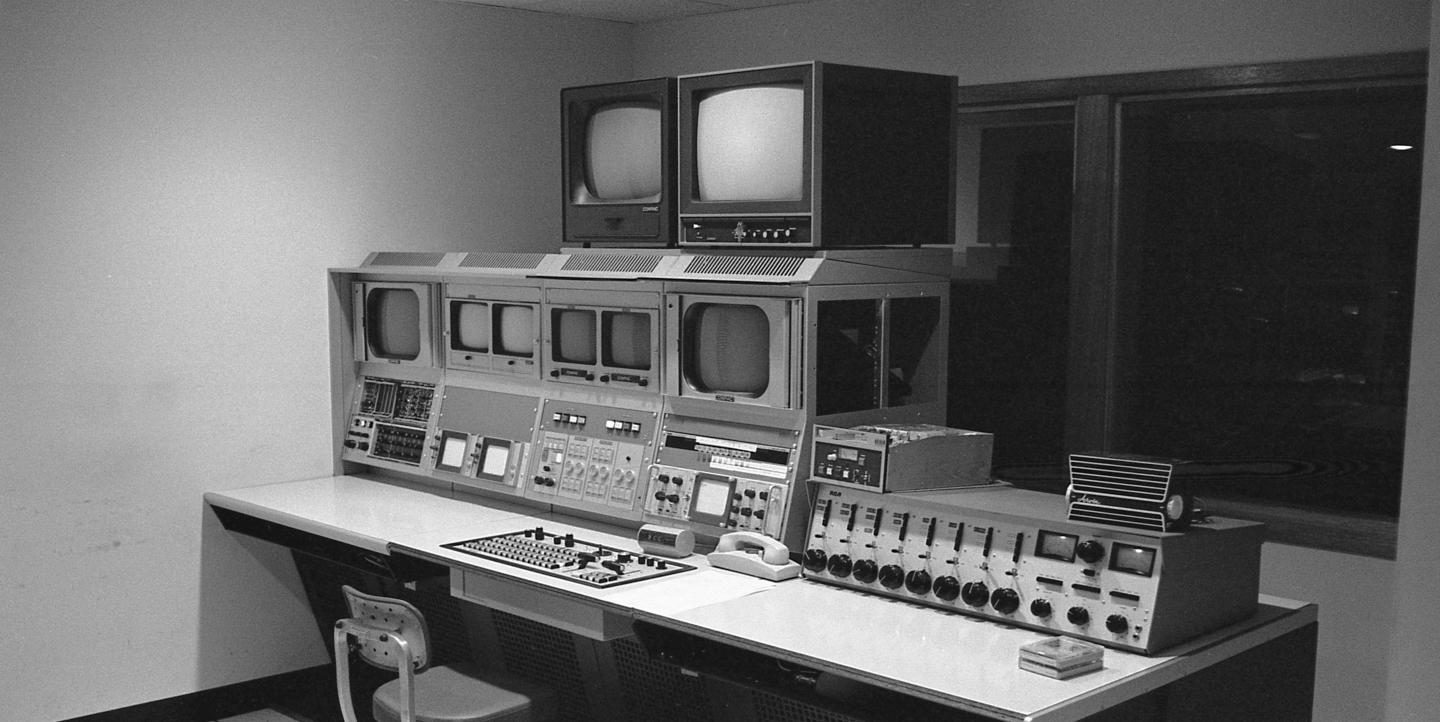If you drive along Jefferson Avenue just east of downtown Detroit, you’ll notice a large white awning with the letters WGPR. The building houses the radio station 107.5, but it’s also the site of a piece of television history.WGPR-TV was the first Black owned and operated television station in the country. The TV station is now gone, but a museum honoring its history sits in the former broadcast studios.
It's where Daphne Hughes got her start in television. After graduating from college in 1980, she joined WGPR as a producer. Hughes says the station was a great place for young Black journalists to get hands-on experience."It was an exciting place overall because there was so much going on and it was so good for me to see people like me, you know, African Americans doing things and making things happen on television," Hughes says.
At a time when opportunities for Black broadcasters were limited, dozens of African Americans kicked off their careers at the station. Former program director Joe Spencer says amplifying Black voices was the vision of the station’s founder William V. Banks.
"His thing was to give African Americans the opportunity to tell their own story," he says. "Back then there was so much negative news about African Americans, and that was one of the things that he found very distasteful. And that's why he wanted us to have a news division."
Spencer says Banks was a trailblazer as a Black attorney and businessman in Detroit. He was also a minister, and already owned the WGPR radio station. In 1973, Banks and other prominent Black broadcasters were invited to the White House by then-President Richard Nixon to talk about the lack of representation of Black people on TV. Spencer says after that meeting, Banks eventually acquired an FCC license to start the TV station.
"It took him about two years to get the station built once they got the funding in place and they opened in September of 1975," he says.Spencer says Banks had to raise $3 million to launch the station, which is about $15 million in today’s dollars.Doug Morison co-anchored Big City News during that first live broadcast in 1975.
"The first television broadcast that we did was very eventful, to say the least," he says. "We went on the air and every report that we tried to do would not come up. So Jerry Blocker, my co-anchor at that particular time and news director, just had to ad lib practically the entire newscast."
Morison says that just added to the excitement of live TV, but what he remembers most fondly are all the guests he interviewed.
"The most notable was Stevie Wonder. I interviewed him," he says. "Also, we had John Conyers. We had Coleman Young and a number of the Tuskegee Airmen were also interviewed.
As an independent station, WGPR didn’t have network programming, so it produced most of its own content. In addition to local news, the station also produced Arab American and Polish programming. But one of the most popular programs was The Scene. It was a dance show modeled on American Bandstand and Soul Train.
"I remember on Friday nights young people would be lined up outside Down East Jefferson, waiting to get in and a chance to dance on the show," says Daphne Hughes. "So it really set a lot of standards for dancing and actually fashion that young people were wearing at the time."
The station wasn’t very highly rated, its signal didn’t reach far beyond the city of Detroit and advertising dollars fell short of Joe Spencer’s expectations. But even with those limitations, Spencer wonders if that’s because WGPR was a Black-owned station.
"Certainly we had many, many hours of good programming. And people liked the shows. They weren’t highly rated shows, but they were audiences that were measurable," he says."But in many cases, we were not able to receive the revenue that we felt we were entitled to, or deserving, as a broadcaster in the market."
But the station continued to carry out the vision of its founder William V. Banks for two decades. Banks died in 1985, and the station was eventually sold to CBS 10 years later.
Now the broadcast studio on Jefferson Avenue in Detroit is home to the William V. Banks Broadcast Museum. Inside the museum, video footage from The Scene and the station’s other dance shows plays on a loop above a mock dance floor. And a giant bright orange couch sits in a re-creation of a 1970s living room. There are bean bags, a lava lamp and an old TV that plays clips from Big City News.
Some of the original broadcasts were recorded over, but the museum is working to digitize the tapes they do have to one day create a library. Daphne Hughes says the museum is instrumental in preserving the legacy of WGPR as a pioneer in television history.
"We want it to become one of the places where visitors come, just like the Charles H. Wright Museum or any other museum in the city," she says. "This is a huge part of African American history not just here, but across the country."
This article was originally published by the Michigan Radio. It was republished on IJNet with permission.
Photo by Robert Linder on Unsplash.

